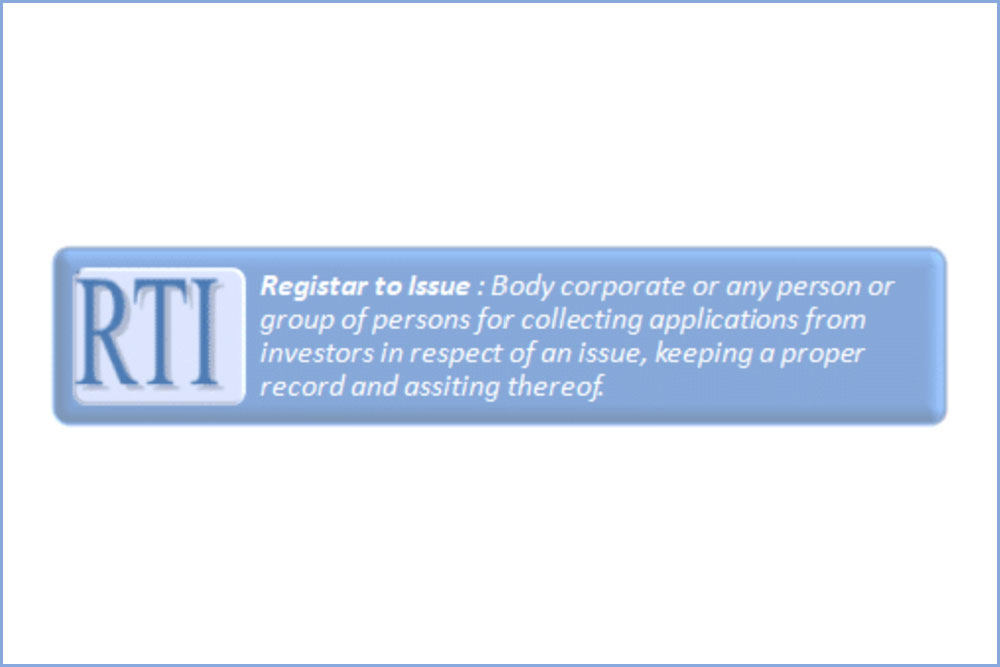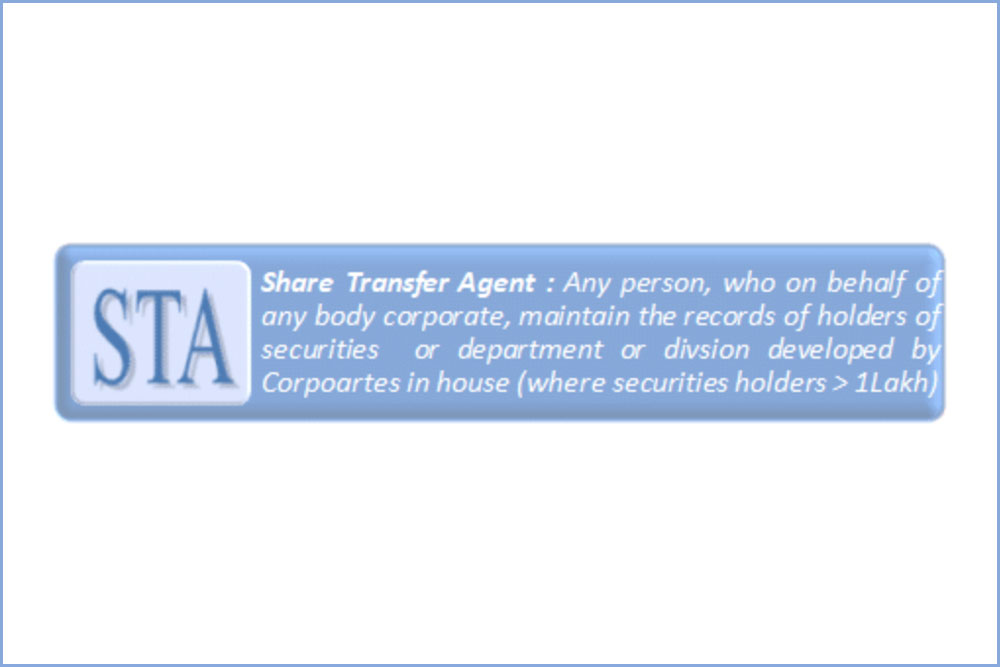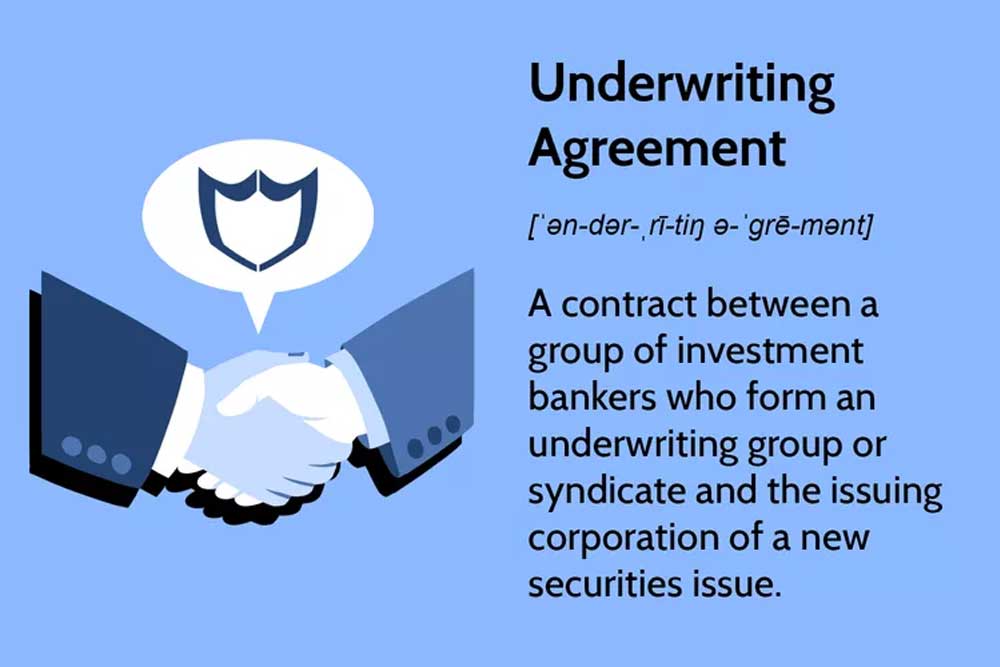MasterSPAC
A MasterSPAC is a Special Purpose Acquisition Company that acquires a target by financing its Initial Public Offering as described in this WhosWho article. This acquisition mode enables to restore the IPO value creation lost through the normal acquisition or merger in a normal SPAC. It has several other advantages that are described hereunder.










